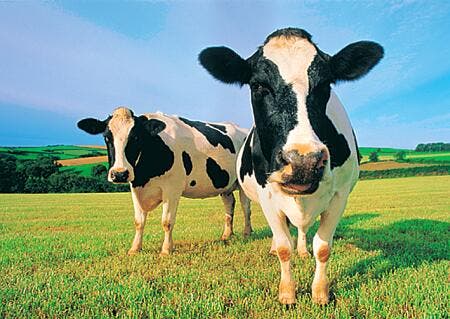Scientists working for the UN reported today that they have erradicated the Rinderpest virus, a virus that is deadly for cattle. Rinderpest would be only the second virus erradicated by mankind, after smallpox. It caused massive damage in the Middle East, Africa and Asia, having a survival rate of only 10-20%.

The UN’s Food and Agriculture Organization (FAO) said they will stop their efforts to track and destroy the virus, after the announcement was made. The erradication is said to be the biggest veterinarian achievement in history, and will ultimately feed and save millions of people.
Dr John Anderson from the Institute for Animal Health (IAH) at Pirbright, UK said:
“For too long people have been involved in controlling diseases and not actually dreaming that it is possible to eradicate a disease from the world. And with Rinderpest we did.”
However, a formal announcement has yet to be announced, and it will probably have to wait until next year, when it will be made by the World Organisation for Animal Health (OIE).
Dr. Anderson and his colleagues developed a simple method to test the cattle and see if they had the disease; the test proved to be very effective, and it spread around Africa like wildfire. Rinderpest is (or was) one of the most deadly cattle viruses in history, so it’s erradication is indeed a huge achievement.
“It’s an enormously important achievement because it highlights what can be done by people working together,”Dr Mike Baron of the IAH told BBC. “It has also taken a disease which has been a huge threat to the livelihood of people and removed it.”






